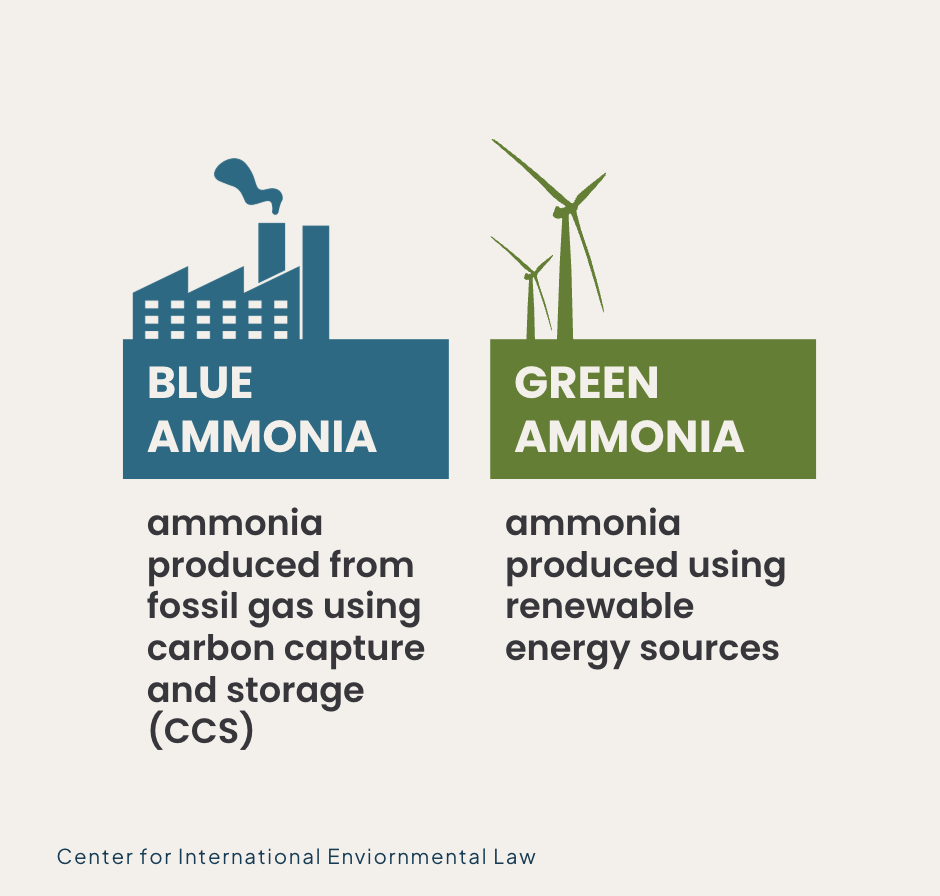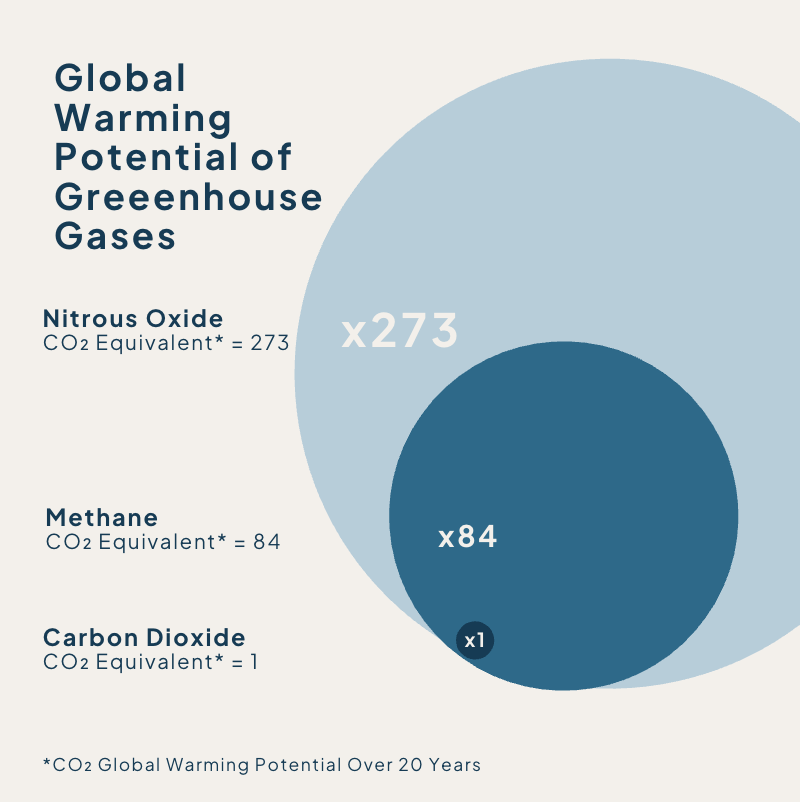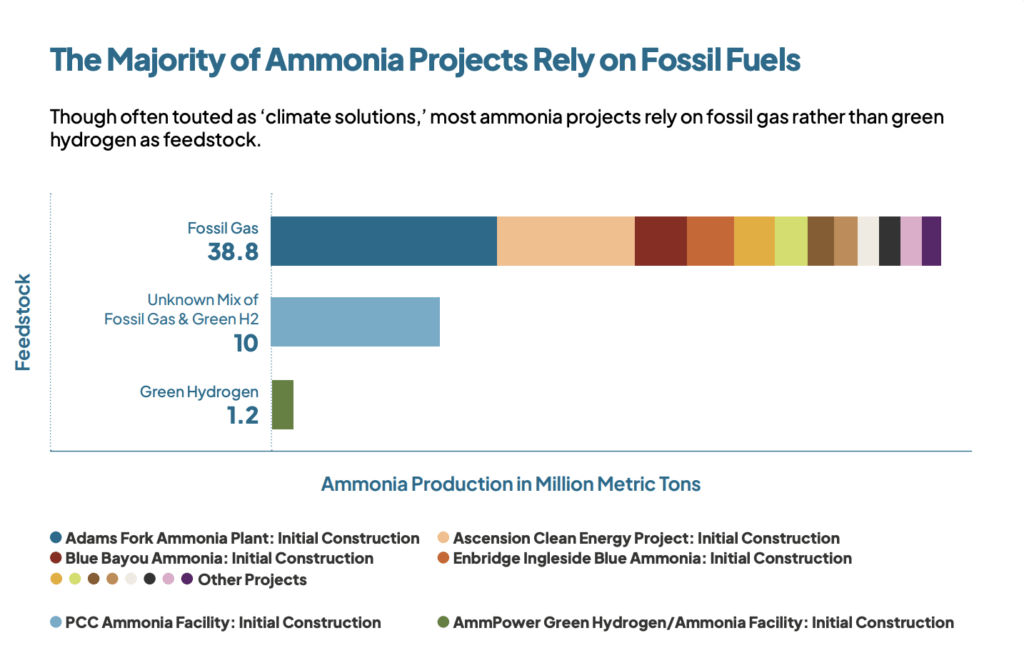Revealed on April 8, 2025
By Taylor Hodge, US Agrochemicals and Fossil Fuels Campaigner, and Lindsey Jurca Durland, Senior Communications Marketing campaign Specialist on the Heart for Worldwide Environmental Regulation.
Based mostly on an article on ammonia by Lisa Tostado, Agrochemicals and Fossil Fuels Campaigner on the Heart for Worldwide Environmental Regulation, initially printed within the November 2024 problem of Air & Waste Administration Affiliation’s Journal for Environmental Managers.
As shipowners and the maritime business contemplate options to fossil fuels to energy business transport, business analysts are betting on blue ammonia as a climate-friendly answer. However beneath the business’s greenwashed claims lies a gasoline that might be simply as dangerous — and even worse — than the standard transport fuels it’s meant to interchange.
Ammonia initiatives are multiplying, with almost all proposed expansions within the US counting on fossil gasoline. Additionally they stand to gather hefty authorities subsidies. Whereas corporations declare that including carbon seize and storage (CCS) makes blue ammonia a low-carbon possibility, the fact is way totally different. As an alternative of reducing emissions, blue ammonia locks in fossil gasoline dependence, provides methane and nitrous oxide air pollution, and threatens environmental and group well being. And with no 100%-ammonia-powered ships working right this moment, its local weather advantages stay purely speculative.
This is the reason betting on blue ammonia isn’t just short-sighted — it’s a harmful distraction from the pressing have to part out fossil fuels and implement actual local weather options.
The Fossil Gasoline Spine of Ammonia Manufacturing
 Ammonia isn’t a clear gasoline. In the present day, ammonia is mostly utilized in agriculture — with round 70 % of worldwide ammonia output used for fertilizers. However almost all ammonia at present produced is derived from fossil fuels, making it a big emitter of carbon dioxide (CO2). Ammonia is answerable for roughly 1.8 % of worldwide CO2 emissions, producing extra per metric ton than cement or metal.
Ammonia isn’t a clear gasoline. In the present day, ammonia is mostly utilized in agriculture — with round 70 % of worldwide ammonia output used for fertilizers. However almost all ammonia at present produced is derived from fossil fuels, making it a big emitter of carbon dioxide (CO2). Ammonia is answerable for roughly 1.8 % of worldwide CO2 emissions, producing extra per metric ton than cement or metal.
Ammonia manufacturing depends closely on fossil fuels — each as a feedstock and as an vitality supply — with 72 % constructed from fossil gasoline and 26 % from coal.
Blue ammonia — which is produced from fossil gasoline utilizing CCS — is being touted as a climate-friendly different for transport regardless of important flaws and proof that it gained’t ship significant local weather advantages.
The Blue Ammonia Fable: Why CCS Received’t Clear up Ammonia’s Local weather Downside
Whereas standard ammonia manufacturing gives almost no carbon benefit for transport, main ammonia producers declare that including carbon seize can ‘decarbonize’ the method. Carbon seize is a course of designed to gather CO2 generated by high-emitting actions, akin to ammonia manufacturing, and both transport the captured carbon to be used (the “U” in CCUS) or retailer the carbon underground (the “S” in CCS). Nevertheless, blue ammonia and CCS each face important challenges.
CCS — and subsequently blue ammonia — is ineffective at eliminating CO2 emissions. Regardless of years of analysis and subsidies, there is no such thing as a proof that commercial-scale CCS initiatives seize anyplace close to the 90 to 95 % efficacy touted by the fossil gasoline business. Actually, a 2023 evaluation of commercial-scale amenities working with CCS discovered that not a single one captured even 80 % of the CO2 produced, with most capturing far much less. Removed from being a silver bullet, CCS provides one other layer of emissions by the energy-intensive course of wanted to energy its personal infrastructure.
Even when CCS achieved claimed seize charges, blue ammonia nonetheless presents local weather considerations because it does nothing to handle methane and nitrous oxide emissions — two greenhouse gases much more potent than CO2.
Methane and Nitrous Oxide: The Hidden Local weather Value of Blue Ammonia
 Methane (fossil gasoline) leakage is a serious problem — not simply in ammonia manufacturing but in addition upstream throughout fossil gasoline extraction. Ammonia vegetation counting on fossil fuels, notably gasoline, emit methane —a potent greenhouse gasoline with 84 instances the warming potential of CO2 over twenty years, making even small leaks an enormous local weather threat.
Methane (fossil gasoline) leakage is a serious problem — not simply in ammonia manufacturing but in addition upstream throughout fossil gasoline extraction. Ammonia vegetation counting on fossil fuels, notably gasoline, emit methane —a potent greenhouse gasoline with 84 instances the warming potential of CO2 over twenty years, making even small leaks an enormous local weather threat.
A 2019 research means that methane emissions from the US fertilizer business, the nation’s largest ammonia producer, might be 140 instances increased than the business’s personal estimates.
Moreover, if ammonia is used as a maritime gasoline, its combustion might launch nitrous oxide, a greenhouse gasoline 273 instances stronger than CO2.
Blue Ammonia and CCS Create New Issues And Delays Essential Fossil Gasoline Phaseout

Along with being ineffective, CCS faces important challenges, together with restricted storage website availability, accessibility, and public acceptance. Concerningly, carbon seize additions would enhance general emissions if the captured carbon isn’t saved underground, however is as a substitute used for industrial processes or to extract extra fossil fuels. Actually, most captured CO2 has been used for enhanced oil restoration — a course of that makes use of CO2 to extract much more oil, undermining any purported local weather advantages.
Blue ammonia isn’t simply dangerous for the local weather — it’s dangerous for communities. Blue ammonia doesn’t scale back dangerous air pollution, and may very well lead to further emissions of dangerous air pollution, notably from the usage of amine-based chemical substances in CCS. From poisonous air pollution to hazardous pipelines, the collateral harm of this “answer” would fall hardest on already overburdened communities. The US is the epicenter of ammonia growth — propped up by hefty authorities subsidies — with 95 % of the deliberate manufacturing expansions counting on fossil gasoline.
Given the lengthy lifespan of chemical vegetation, investing in blue ammonia infrastructure dangers locking in fossil gasoline dependence for many years, placing local weather targets out of attain.
Actual Local weather Options for Delivery Are Fossil-Free
Critical questions stay about ammonia’s viability as a transport gasoline — from its local weather impression to considerations about its toxicity, security, and potential detrimental impacts on marine environments. An ammonia spill within the ocean, based on one knowledgeable, “might probably sterilise cubic miles of ocean.”
Blue ammonia’s local weather impression could also be even worse than standard transport fuels — an alarming prospect provided that ammonia-ready vessels are at present the hottest different gasoline ships on order. Projections counsel that by mid-century, blue ammonia will provide 76 % of ammonia utilized in transport, although blue at present solely makes up round one % of worldwide ammonia manufacturing.
Extra promising methods to chop maritime emissions embody different applied sciences (e.g., wind-assisted propulsion), operational modifications (e.g., slower speeds), and — most critically, decreasing maritime transport altogether — particularly provided that 40 % of worldwide transport is devoted to transporting fossil fuels.
Betting on blue ammonia isn’t simply short-sighted — it’s harmful. If we need to keep away from the worst impacts of local weather change, we should reject blue ammonia’s false promise.

















![Call for Papers: International Conference on Environment and Sustainable Development at Gauhati University in Collaboration with UNDP [Sept 18-19; Hybrid]: Submit by Aug 4](https://i2.wp.com/cdn.lawctopus.com/wp-content/uploads/2025/07/International-Conference-on-Environment-and-Sustainable-Development-at-Gauhati-University-in-Collaboration-with-UNDP.jpg?w=120&resize=120,86&ssl=1)




